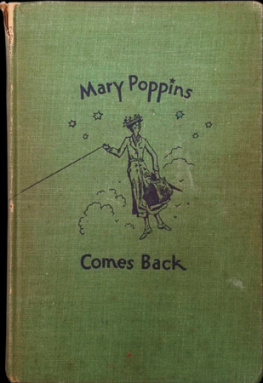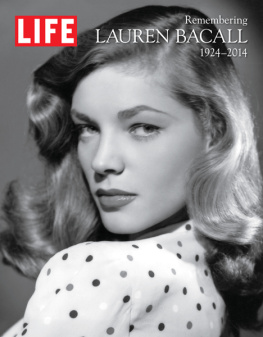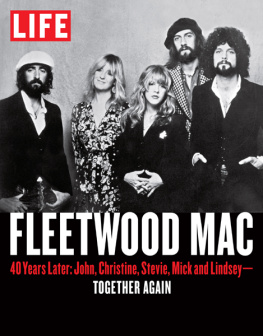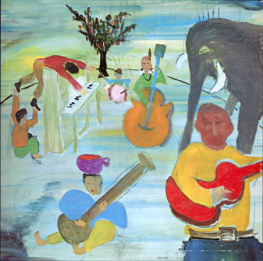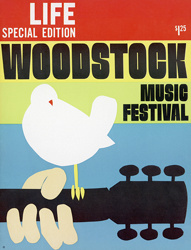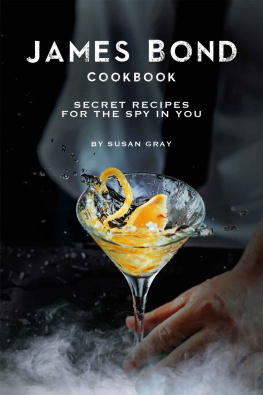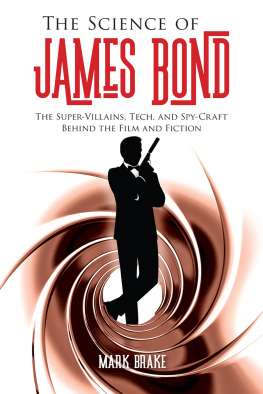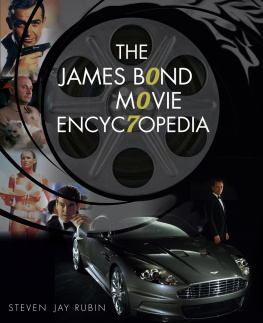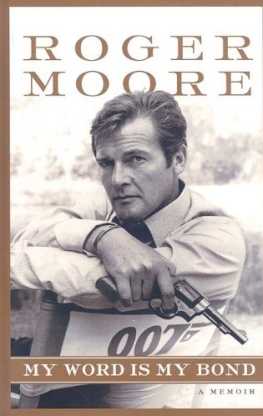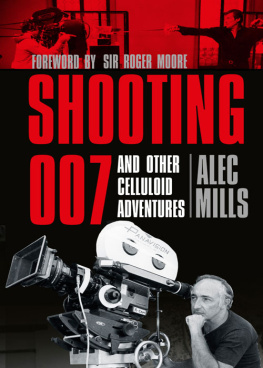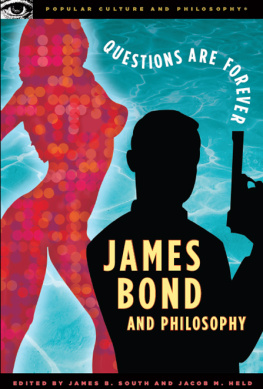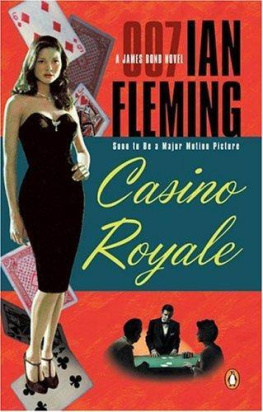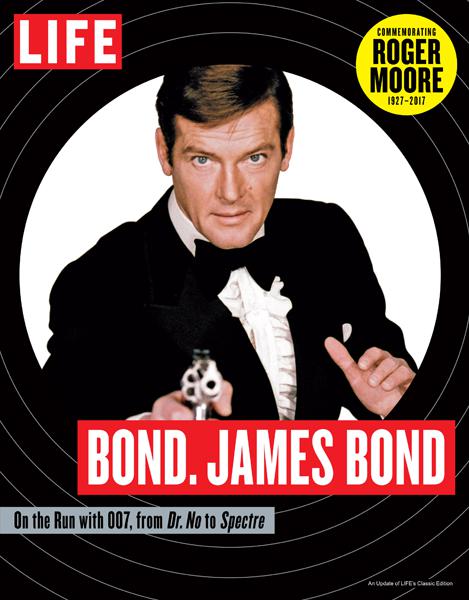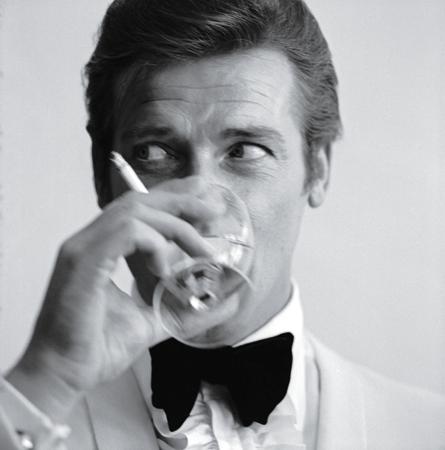BOND. JAMES BOND
PETER RUCK/BIPS/GETTY
On the Run with 007, from Dr. No to Spectre
Roger Moore 19272017
Contents
MICHAEL COLE/CORBIS/GETTY
Remembering Roger Moore
Premium Bond
Bond of the Big Screen
The Reel History
Just One Moore
Remembering Roger Moore
By Adam Bernstein
LICHFIELD/GETTY
WELL-SUITED Moore relaxes at Shepperton Studios, in Surrey, in 1966.
In a career that seemed impervious to critical drubbing, Roger Moore owed his enduring box office appeal to exceptionally good looks, terrific luck and a self-deprecating charm.
The English actor, who died at age in Switzerland on May 23, became an international star in playboy-adventurer roles, first on the hit 1960s TV series The Saint and later for his tongue-in-cheek film portrayal of the dashing spy James Bond.
The Bond franchise, in particular, cemented his fame like no other role. The movie franchise spun off from Ian Flemings novels about a British spook who was impudent and resourceful, a wizard with women and weaponry, and impeccably dressed but capable of back-alley brutishness.
James Bond became a cultural phenomenon and one of the best-known screen creations of all time, played variously by Sean Connery, George Lazenby, Timothy Dalton, Pierce Brosnan and Daniel Craig.
Connery helped launch the Bond movies with Dr. No in 1962 and defined the role for many viewers. But Mr. Moore was the longest-running Bondstarting with Live and Let Die (1973) and ending six films later with A View to a Kill (1985).
A London policemans son, Mr. Moore sourceed his mother with ridding him of a working-class accent that might have impeded his portrayal of the supremely cultured Bond. She was very particular about behavior and manners and the way you treated people, he once said. I got a clip round the ear if I said aint.
He began performing on-screen in his teens as a spear-carrying extra on the set of a 1945 Shakespeare production. Despite limited dramatic training, he was propelled to Hollywood stardom by his dazzling blue eyes and enviable blond bouffant. The film critic Rex Reed once wrote that Mr. Moore was frequently prettier than his leading ladies.
He became a leading man in the 1950s, although in often-preposterous roles that haunted him for years. In the Lana Turner costume drama Diane (1956), Mr. Moore played a 16th-century French prince with all the lan of what one reviewer described as a lump of English roast beef.
Claiming he wanted to beat the critics to the punch, Mr. Moore frequently made light of his limitations. My acting range? he once quipped. Left eyebrow raised, right eyebrow raised.
He won a following as Simon Templar on the action-romance series The Saint, which aired for several years on British TV before landing on NBC from 1967 to 1969 and thereafter in perpetual reruns.
The show, loosely based on the Leslie Charteris novels and featuring a rollicking Edwin Astley theme song, starred Mr. Moore as a gentleman who uses his wealth and wiles to aid the defenseless. As Templar, he addressed the camera in wry asides, luxuriated in fast cars and the company of beautiful women, and was expertly and unfailingly tailored.
For Mr. Moore, Bond was Simon Templar on a grander scale and more satiric.
My contention about my light portrayal of Bond is this: how can he be a spy, yet walk into any bar in the world and have the bartender recognize him and serve him his favorite drink? he asked in his 2008 memoir, My Word My Bond, written with Gareth Owen.
Come on, he continued, its all a big joke.
Starting with Mr. Moore, the series relied increasingly on gadgetry and cartoonish excess, such as when Bond jumps across the backs of snapping alligators in Live and Let Die, performs a cork-screw car jump over a broken bridge in The Man the Golden Gun (1974), skis off a cliff in the opening of The Spy Who Loved Me (1977) and evades a guided missile in a pocket-size jet plane in Octopussy (1983).
Mr. Moore, whose other Bond outings included Moonraker (1979) and For Your Eyes Only (1981), continued to underwhelm reviewers, who used words like bland and passionless to describe the actors way with a line and chemistry with his female costars. (He was when he retired from the role.)
Connery once told an interviewer that he had tried to imbue the character with credibility and some of the wilder scenarios with indigenous humor. Mr. Moore, he maintained, went for the laugh or the humor at whatever the cost of the credibility or the reality . . . He acquired an entirely different audience.
Indeed, Mr. Moores Bond was cheered in theaters, and it made fortunes for the producers and for the actor. Facedlike so many times beforewith the question of who played the better Bond, Mr. Moore told an interviewer in 2013, Sean Connery played him as a killer and Im a lover. I tried to be differentbut it involved acting, unfortunately.
Roger George Moore was born in London on October 14, 1927. After leaving high school at 15, he briefly worked as an apprentice at an animated cartoon studio before being fired for tardiness. He became a movie extra and, while playing a Roman centurion in Caesar and Cleopatra (1945), was spotted by then-assistant director Brian Desmond Hurst.
Hurst paid for Mr. Moores tuition at the Royal Academy of Dramatic Art, where the actor spent a year before moving on to modeling jobs while earning small parts on stage.
In 1953, he accompanied his then-wife, the Welsh-born pop singer Dorothy Squires, on a U.S. tour and found work in live television before winning a contract with Metro-Goldwyn-Mayer Studios. One of his earliest parts was as a tennis player who loses Elizabeth Taylor to Van Johnson in The Last Time I Saw Paris (1954).
Dropped from his MGM contract after the debacle of Diane, Mr. Moore was soon picked up by Warner Bros. and received star billing in pictures such as The Miracle (1959), set in the Napoleonic Wars in Spain, and Gold of the Seven Saints (1961), in which he played an Irish cowboy.
Meanwhile, on television, he played a gold prospector in the adventure series The Alaskans and was a guest star on Maverick, the ABC-TV western starring James Garner as vagabond gambler Bret Maverick.
When Garner walked off in a contract dispute in 1960, Mr. Moore stepped into the lead as Brets cousin, Beauregarde, whose British accent was explained by the characters postCivil War travels to England. The show lost its audience without Garner, and Mr. Moore soon moved on to The Saint. In the early 1970s, he starred on the ABC series The Persuaders! as a Templar-like crime fighter opposite Tony Curtiss brash American cohort.
The actor had long been a friend of Bond producers Albert Cubby Broccoli and Harry Saltzman, and he said they called him one day to offer him the job previously held by Connery and Lazenby. The only requirements, they said, were that he lose some weight, gain some muscle and trim his hair.


